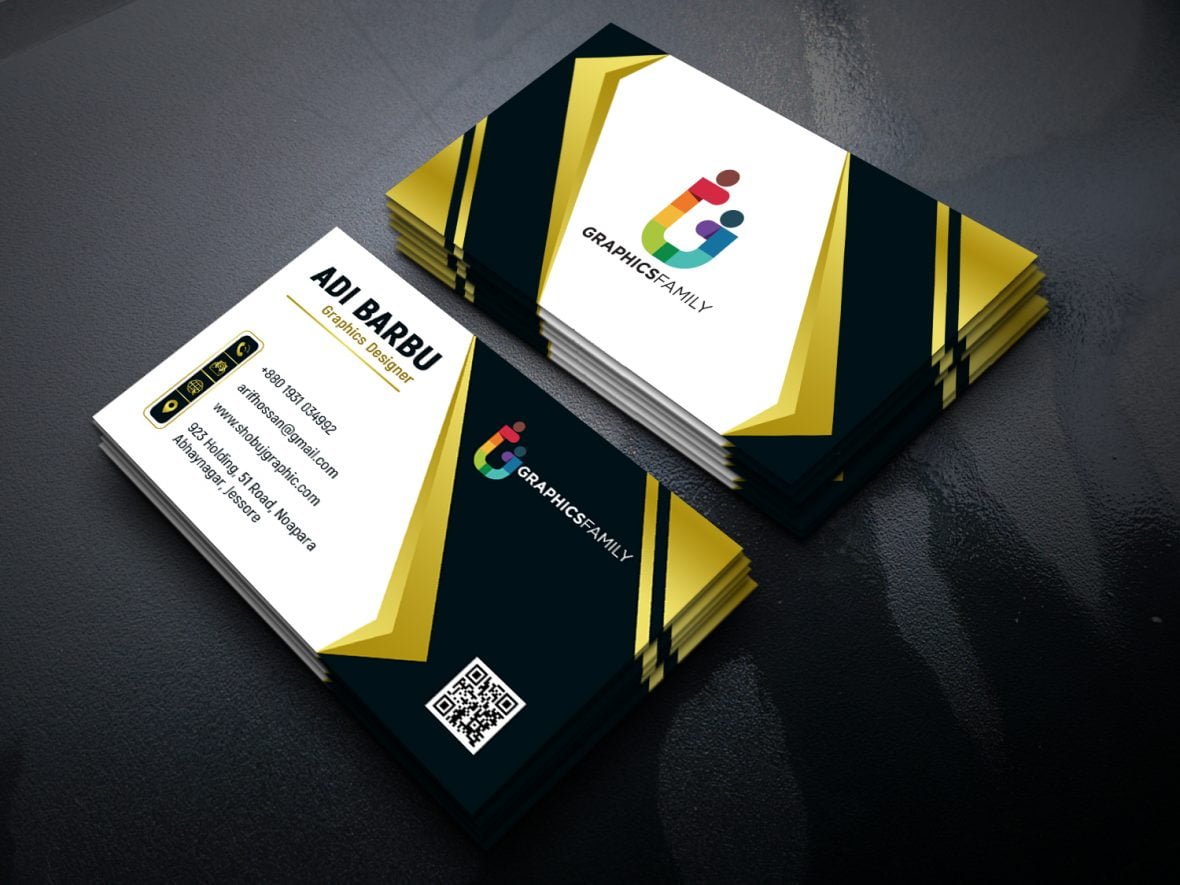Understanding Visiting Card Size in Photoshop: A Complete Guide

Visiting cards, also known as business cards, are an essential tool for professionals and entrepreneurs to share contact details and establish brand identity. When creating these cards digitally, it’s important to follow standard design practices to ensure they are professional and print-ready. Adobe Photoshop is one of the best software options for designing business cards, given its versatility and precision. One of the key steps in this process is setting the correct dimensions for your card to ensure it prints accurately. In this guide, we’ll cover everything you need to know about visiting card sizes in Photoshop, including standard dimensions, bleeds, and resolution settings.
Why Size Matters in Business Card Design
Getting the size right for your business card is crucial because the final printed version must meet industry standards to fit into cardholders and wallets properly. If the dimensions are off, your card may not print correctly, which can result in unwanted cropping, a poorly aligned design, or low-quality output.
Standard Business Card Size
The standard size for a business card in most parts of the world is 3.5 inches by 2 inches. This is the finished size, which does not account for the “bleed” area. The bleed refers to the space around the edges of the design that ensures no important elements are cut off during the trimming process.
Dimensions Breakdown:
Width: 3.5 inches
Height: 2 inches
This translates to approximately 88.9 mm by 50.8 mm or 1050 pixels by 600 pixels, depending on the unit of measurement you are using in Photoshop. It’s important to understand that these are the dimensions of the finished card after it has been trimmed.
Setting Up a Business Card in Photoshop
When you’re designing your card in Photoshop, you’ll need to account for the bleed area as well. The standard bleed size is 0.125 inches (1/8 of an inch) on each side of the card. This means that the overall size of your canvas will be larger than the finished size to accommodate the bleed.
Steps to Set Up:
Open Photoshop and click on “File” > “New.”
Set the dimensions of your document to 3.75 inches by 2.25 inches. This includes the bleed of 0.125 inches on each side (3.5 + 0.25 = 3.75 inches for the width, 2 + 0.25 = 2.25 inches for the height).
Set the resolution to 300 DPI (dots per inch), which is the recommended resolution for printing to ensure that your design is sharp and clear. Lower resolutions may result in pixelation and poor quality when printed.
Choose the color mode to be CMYK (Cyan, Magenta, Yellow, Black) rather than RGB. CMYK is the standard color model for printing, while RGB is used for digital screens.
Click ‘Create’ to open the document.
The Importance of Bleed and Safe Zone
When setting up your business card, understanding the concepts of bleed and safe zones is critical.
Bleed Area:
The bleed ensures that your card is printed with no unwanted white edges. It extends the design beyond the final cut line to allow for slight variations when the cards are trimmed. The standard bleed size is 1/8 of an inch (0.125 inches) around the perimeter of the card. For a 3.5 x 2-inch card, this brings the document size to 3.75 x 2.25 inches.
Safe Zone:
The safe zone is an area inside the card that ensures no crucial design elements like text or logos are too close to the edge and risk being cut off. Typically, the safe zone is about 1/8 inch (0.125 inches) inside the trim line. Any important details should stay within this zone to ensure they are visible after trimming.
Creating Your Design
Once you’ve set up the canvas with the correct dimensions, bleed, and safe zones, you can start designing. Here are a few tips to consider:
Text Placement: Keep text well within the safe zone. Make sure the font size is legible—typically, 8-12 point font is standard for business cards. Avoid fonts that are too small or difficult to read.
Use High-Resolution Images: If your card includes a logo or other images, ensure they are in high resolution (at least 300 DPI) to avoid blurry or pixelated prints.
Colors: Since printing uses the CMYK color model, avoid using RGB colors as they may not look the same once printed. CMYK gives a more accurate representation of printed colors.
Borders: Be careful when using borders on your business card design. Borders can appear uneven if the cards are not perfectly cut. If you want to use them, ensure they are thick enough to accommodate slight trimming inconsistencies.
Save Your File Properly: Once you’re done with the design, save your work in a format suitable for printing. PDF is typically the preferred format for printing, as it preserves the quality and integrity of the design. Additionally, you can save a copy in PSD format to make future edits.
Common Mistakes to Avoid
Wrong Resolution: Make sure your resolution is set to 300 DPI. Anything lower can result in blurry or pixelated images and text.
Not Accounting for Bleed: If you don’t include a bleed area, your card might have unwanted white edges after trimming, or crucial design elements may get cut off.
Wrong Color Mode: Designing in RGB can cause colors to print differently than they appear on screen. Always use the CMYK color model for print designs.
Cluttered Design: Less is more when it comes to business cards. Don’t overload your design with too much text or graphics. Focus on clarity and simplicity to ensure the card is easily readable.
Conclusion
Designing a business card in Photoshop is a straightforward process when you understand the basics of size, bleed, and resolution. The standard size of 3.5 x 2 inches with an added 0.125-inch bleed ensures your card will be printed accurately and professionally. Following these guidelines will help you create a well-designed, print-ready card that represents you or your business effectively. By maintaining a clear, professional design and using the correct settings, you’ll ensure that your visiting card leaves a lasting impression.



